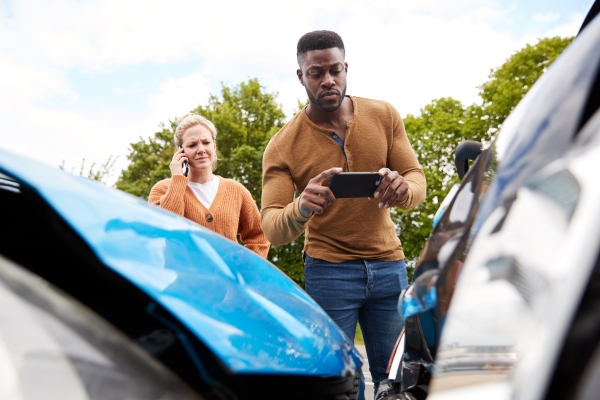Meeting with your advisor can be a challenge these days. It generally requires the availability to meet during work hours. Customers then need to factor in travel time to the branch during their work day, which isn’t a convenient option for most people. Meanwhile, in their personal lives, many of these customers are choosing to connect with family and friends over FaceTime or Skype, rather than make a phone call. They are also likely watching Netflix or Youtube. Online video is a part of their lives. So how about connecting with their bank through video, and by-passing the logistical obstacles of meeting at the branch?
The latest survey data indicate that video will play a major role in the future of banking. A 2017 study by Efma reports that two-thirds of banks and credit unions are either currently deploying (11%), piloting (21%), or planning to deploy (28%) remote video banking capabilities.
The early adopters in the industry first introduced video banking with the interactive teller machines and video kiosks at branches or drive-throughs. These essentially work like a video conference call or an ATM, connecting a customer to a live person via video. These early initiatives have paved the way for the more recent mobile video banking apps. They’ve also helped customers grow comfortable with the idea of video banking.
Getting personal advice via video suits some customers perfectly. It gives them the choice of speaking with a specialist at their convenience, using their smartphone, tablet or computer. For financial institutions that already offer video banking services, it’s been proven to be more cost effective to centralize expertise rather than placing multiple experts at every branch location. This leverages their valuable expertise and makes it available to customers in more remote areas. According to McKinsey, the centralized expertise model costs less, with an advisory session costing 25 to 35 percent lower than the branch experience.
A better customer experience with video
Beyond costs savings, banks have the opportunity to improve the customer’s experience with video banking. Software like unblu gives the customer the click-to-video option of connecting with a customer service agent through a bank’s website or mobile application. Seeing one another makes the interaction more personal and takes the conversation to another level. It also allows for visual troubleshooting. The agent can see exactly what the customer sees and can quickly solve their issues. This enables more meaningful interactions that ultimately streamline a number of processes and increase customer satisfaction, as shown by the experience of early adopters.
Benefits and lessons from early adopters: higher net promoter score with video
Back in December 2014, Barclays rolled out their video banking service, allowing customers to have a face-to-face conversation with an advisor via their smartphone, tablet or computer. The service was first offered to its premier customers but has since been offered to all customers. There are now approximately 500 video agents. The bank’s Net Promoter Score for video interactions is 44% higher than telephone queries. Because agents can better understand the customer’s situational context with video, the bank’s average handling time has dropped by more than 20%.
As always, customers will challenge our predictions and assumptions about how they want to interact with their bank. They will still choose to visit or call the branch on certain occasions. Banks who are implementing video capabilities should not do it with aim of replacing any of the existing forms of interaction. Rather, banks should consider video banking as one more tool that makes a customer’s interactions personal and as simple as having a conversation.




 Interaction Management Hub
Interaction Management Hub Secure Messenger
Secure Messenger Video & Voice
Video & Voice



